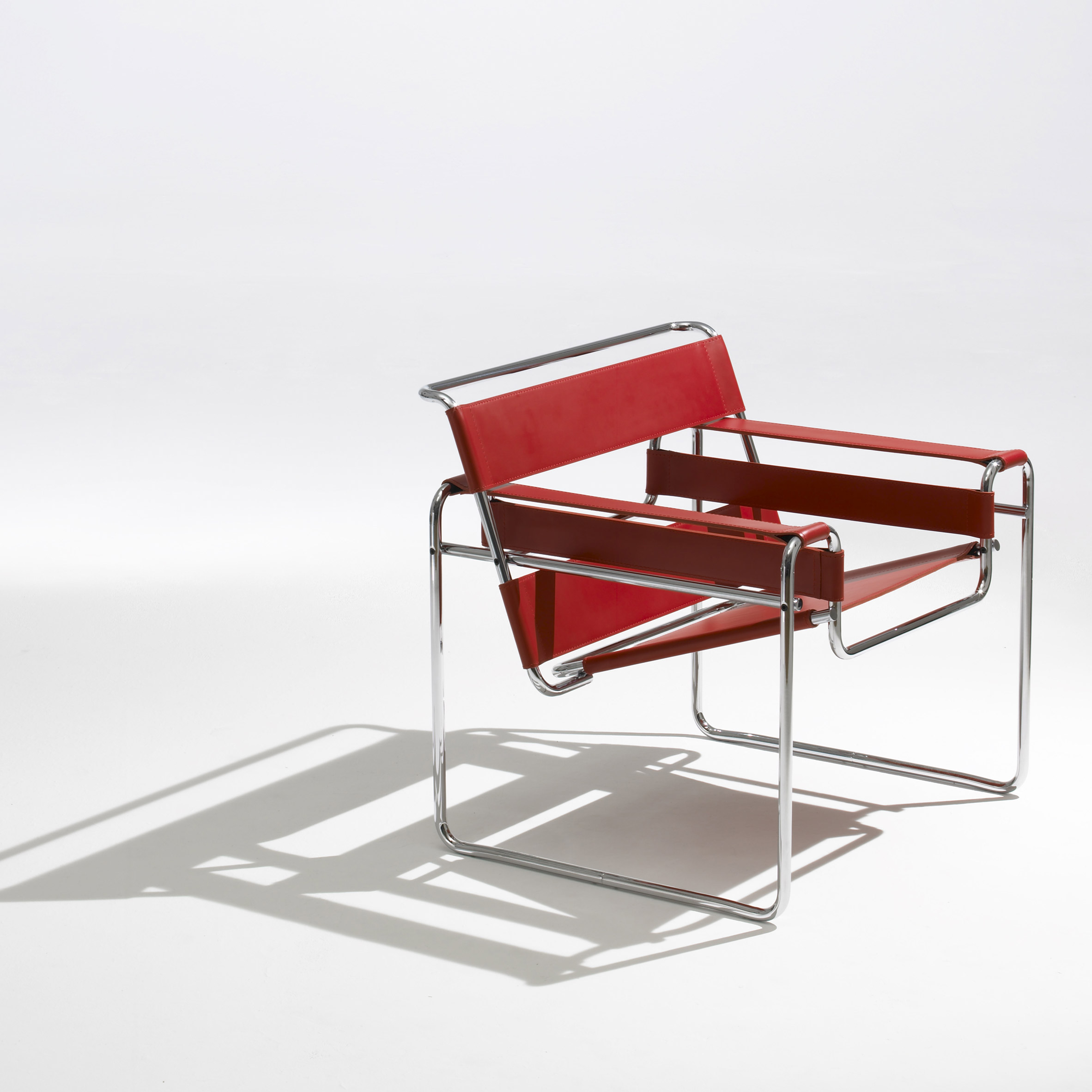The Enduring Influence of Bauhaus on Everyday Objects
Ever notice how some objects just feel perfectly designed – practical, beautiful, and enduringly modern? That’s likely the legacy of the Bauhaus, a revolutionary design school that emerged in Germany in the early 20th century. More than just a style, the Bauhaus was a radical social experiment, merging art, craft, and industry with the goal of creating a new society where well-designed objects were accessible to everyone.
Industrial Design Bauhaus: Shaping the Look of Everyday Things
Imagine a world where art and industry come together seamlessly. This was the Bauhaus vision. They believed in tearing down the walls between fine art and functional crafts, encouraging collaboration and hands-on learning. Founded in 1919 in Weimar, Germany, by architect Walter Gropius, the Bauhaus arose from anxieties about industrialization’s impact on design and craftsmanship. Gropius sought to reunite these seemingly disparate worlds.
This approach produced a new generation of designers who were just as skilled with a paintbrush as they were with a hammer. Some of the biggest names in design and architecture emerged from this fertile creative ground, including:
- Walter Gropius: The school’s founder, a visionary architect who believed in the power of design to shape society.
- Ludwig Mies van der Rohe: A pioneer of modernist architecture known for his minimalist “less is more” philosophy.
- Marianne Brandt: A trailblazer for women in design, celebrated for her iconic metalwork, particularly in lighting and furniture.
- Marcel Breuer: Renowned for his innovative use of tubular steel in furniture design, creating classics like the Wassily Chair.
- László Moholy-Nagy: A master of photography, typography, and experimental filmmaking, who embraced the potential of new technologies.
But what exactly were the guiding principles of this influential movement?
- Form Follows Function: For Bauhaus designers, an object’s design should primarily be driven by its purpose – what it was meant to do, not simply by aesthetics.
- Truth to Materials: Instead of hiding the natural beauty of materials, Bauhaus designers showcased them. Think exposed wood grain, sleek metal, and the textures of different fabrics.
- Minimalism and Geometric Forms: Clean lines, geometric shapes, and an overall sense of minimalism were hallmarks of the Bauhaus aesthetic.
- Design for Everyone: The Bauhaus strongly believed that good design shouldn’t be a luxury. They strived to create functional, well-designed products that were affordable and accessible to all.
Discover the sleek and functional aesthetics of industrial houses, where the raw beauty of exposed materials meets modern design principles.
The Bauhaus approach revolutionized industrial design, influencing everything from furniture and lighting to textiles and graphic design. Think of iconic pieces like:
- The Wassily Chair: This minimalist chair, crafted from tubular steel and leather, embodies the Bauhaus ideals of functionality and elegant simplicity.
- The Barcelona Chair: With its sleek leather upholstery and polished chrome frame, the Barcelona Chair remains a symbol of modernist design.
- The MT49 Tea Infuser: Designed by Marianne Brandt, this teapot, with its geometric form and use of industrial materials, perfectly encapsulates the Bauhaus spirit.
- The Kandem Table Lamp: Another Brandt creation, this lamp, with its simple, functional design, is as relevant today as it was nearly a century ago.
These are just a few examples of the timeless appeal of Bauhaus principles—designs that still feel remarkably modern and relevant today.
Beyond the “Bauhaus Style”: The Movement’s True Impact
While the term “Bauhaus style” is often used (and sometimes misused), it’s crucial to understand that the movement’s legacy runs much deeper than a particular aesthetic. Their emphasis on user-centered design, sustainable materials, and social responsibility continues to shape how we approach design in the 21st century. The Bauhaus may have been a movement of the past, but its ideas continue to shape the world around us in profound ways.
Outperforming Your Competitors: Industrial Design & Bauhaus
To truly understand the profound and lasting impact of the Bauhaus on industrial design, it’s helpful to delve deeper into the movement’s core principles and analyze how they continue to shape the products we use and interact with every day.
Here are some key takeaways to consider:
-
The Bauhaus wasn’t just a style; it was a radical social experiment. By merging art, craft, and industry, the school sought to create a more egalitarian society where beautiful, functional design was accessible to all. This social mission, though not perfectly realized, continues to resonate with contemporary designers concerned with issues of sustainability, accessibility, and ethical production.
-
The ghost of Bauhaus haunts your home. From iconic furniture to everyday objects like coffee makers and smartphones, Bauhaus principles continue to shape the products we use daily. The emphasis on simplicity, functionality, and timeless aesthetics can be seen in countless contemporary designs.
-
The Bauhaus legacy is more relevant than ever. In a world grappling with the consequences of mass production and the urgent need for sustainability, the Bauhaus focus on simplicity, functionality, and social responsibility resonates deeply.
-
Bauhaus wasn’t perfect. While celebrated for its innovation, the school’s history also reveals internal conflicts, limitations in its social vision, and the challenges of balancing artistic freedom with industrial production. Acknowledging these complexities provides a more nuanced and ultimately more insightful understanding of the movement’s legacy.
By exploring these angles and providing specific examples of how Bauhaus principles are being reinterpreted and applied in the 21st century, you can create an article that is both informative and engaging, appealing to a wide audience interested in design, history, and the cultural impact of the Bauhaus.
- Contemporary Kitchen Backsplash Ideas for a Stylish Home - December 20, 2025
- Modern Kitchen Backsplash Ideas To Inspire Your Refresh - December 19, 2025
- Modern Backsplash Ideas: A Guide to Todays Kitchen Trends - December 18, 2025










